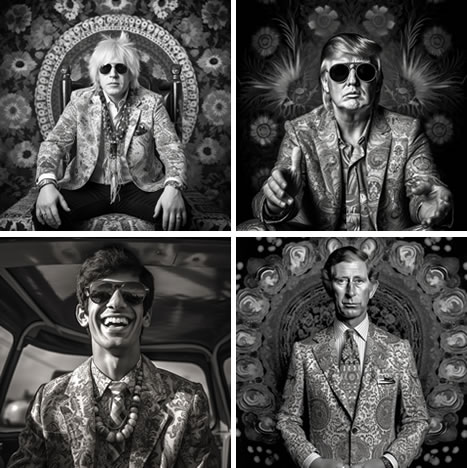Understanding the Historical Context
The 1960s witnessed a cultural revolution, with the rise of the counterculture movement and its iconic figureheads, the hippies. These individuals sought to challenge societal norms, advocating for peace, love, and equality. Their anti-establishment sentiment often clashed with the political powers of the time, leading to an inherent tension between the two groups.
The idea behind the concept
The portrayal of politicians as 1960s hippies emerged as a metaphorical device to highlight certain aspects of political behavior. This portrayal taps into the popular imagination, drawing parallels between the idealism and anti-establishment nature of hippies and the promises made by politicians during election campaigns.
Idealism vs. Pragmatism
One key element that connects politicians and 1960s hippies is the notion of idealism. Both groups have been associated with grand visions of societal change. However, while the hippies pursued their ideals through unconventional means, politicians are often seen as working within the existing system, leading to a clash between idealism and pragmatism.
The Impact on Public Perception
The portrayal of politicians as 1960s hippies has significant implications for public perception. It can influence how the electorate views politicians’ trustworthiness, authenticity, and commitment to their campaign promises. By associating politicians with a movement often romanticized for its pursuit of social justice, critics aim to highlight potential gaps between rhetoric and action.
Unraveling the Complexities
It is essential to recognize that this portrayal oversimplifies the intricate nature of politics. While some politicians may align with the counterculture’s values, others may not. Political ideologies and agendas differ widely, making it crucial not to generalize all politicians as 1960s hippies. Engaging in nuanced discourse helps maintain a balanced perspective and avoid perpetuating stereotypes.

